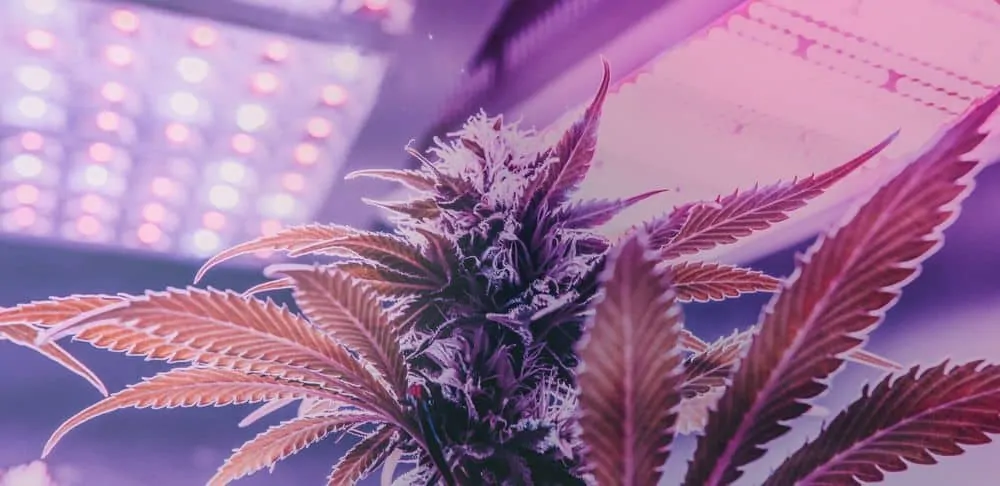Proper lighting is crucial for successful indoor gardening. LED grow lights have gained popularity due to their energy efficiency and customizable spectrum. This guide will explore how to calculate the coverage area of LED grow lights to ensure optimal plant growth.
Understanding LED Grow Light Coverage Area
The coverage area refers to the surface area that receives sufficient light from the LED grow light. It determines how many plants can be effectively illuminated. Factors such as light intensity, distance from the plants, and light distribution pattern influence the coverage area.
Steps to Calculate LED Grow Light Coverage Area
1. Determine Light Intensity Requirement
Measure the light intensity required for your specific plants. Typically, it is expressed in PAR (photosynthetically active radiation) or PPFD (photosynthetic photon flux density). Different plant species have varying light intensity preferences, which can be found through research or provided by the manufacturer.
2. Calculate Light Footprint
Determine the light footprint by measuring the coverage area of the LED grow light at a specific height. Measure the length and width of the illuminated area. It can be done using a light meter or referencing the manufacturer's specifications.
3. Consider Light Distribution and Overlap
LED grow lights have different light distribution patterns, such as square, rectangular, or circular. Consider the distribution pattern and any overlap between multiple lights. Adjust the coverage area calculation accordingly to ensure even light distribution.
4. Adjust for Plant Growth Stage and Species
Different plant growth stages have varying light requirements. Adjust the coverage area calculation based on the growth stage (e.g., vegetative, flowering) and the light intensity preference for your specific plant species. It will ensure adequate light for each stage of growth.
5. Finalize Coverage Area Calculations
Based on the previous steps, calculate the coverage area by multiplying the light footprint's length and width. Adjust the calculation for any overlapping lights. It will provide you with the recommended coverage area for your LED grow lights.
Conclusion
Calculating the coverage area of LED grow lights is essential for optimizing light distribution and ensuring healthy plant growth. By following these guidelines, you can determine the ideal coverage area for your indoor garden, providing your plants with the necessary light for their specific needs.


